Industry News
-
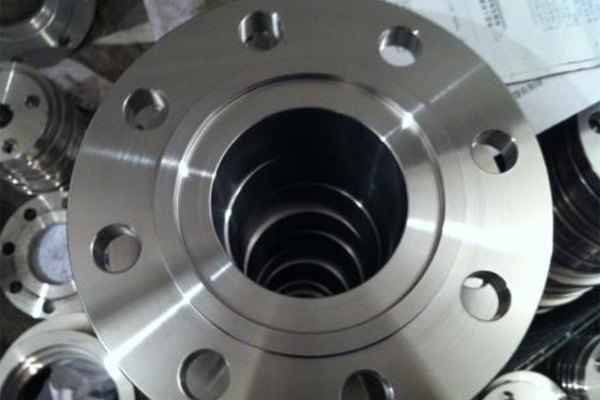
Flange features and use attention
Flanges are disk-shaped parts most commonly used in piping. Flanges are used in pairs and with matching flanges on valves. In pipeline engineering, flanges are mainly used for the connection of pipelines. In the need to connect the pipeline, all kinds of installation of a flange, low pressure pip...Read more -
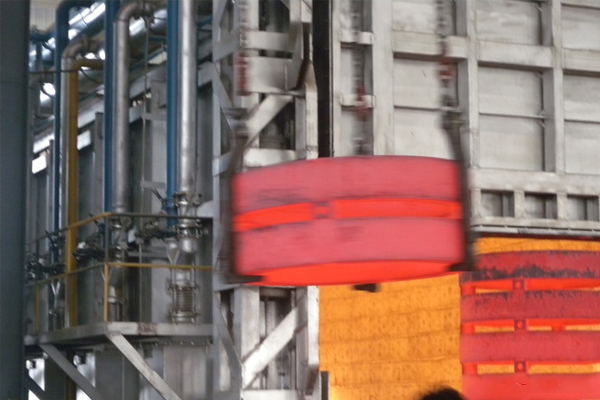
How to improve the production efficiency of forging heat treatment
【DHDZ】As we all know, heat treatment is an important link in the forging process, related to the hardness of forgings and other problems, so how to improve the production efficiency of heat treatment forgings? Improve the efficiency of heat treatment production, by increasing the furnace charg...Read more -
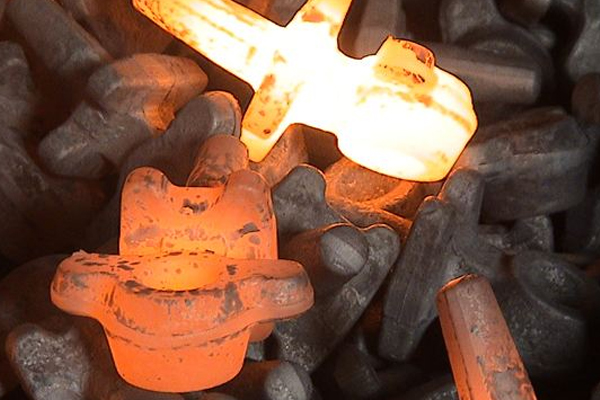
What should be noted in the examination of die forgings before heat treatment?
The inspection before solution heat treatment is a pre-inspection procedure to check the finished product's surface quality and dimensions according to the technical conditions, die forging drawing and process card after the forging forming process is finished. Specific inspection should pay atte...Read more -
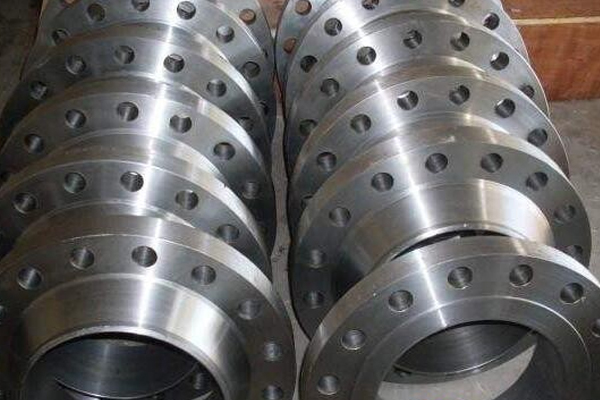
Different connection modes of flange elbow
Flanges, or flanges, are symmetrical disk-like structures used to connect pipes or fixed shaft mechanical parts. They are usually fixed with bolts and threads. Including flange and stainless steel flange elbow, give you a brief introduction to the flange and pipe connection of several ways. The f...Read more -
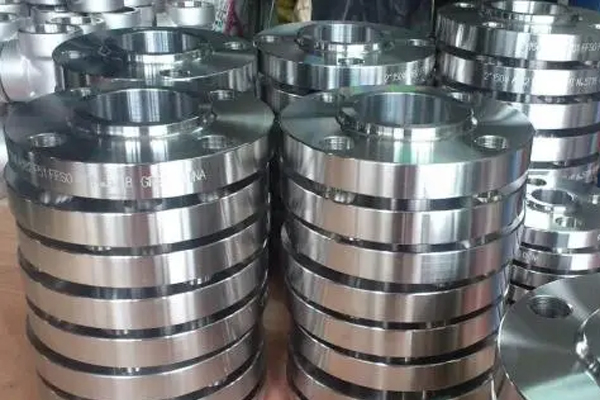
The processing of stainless steel flange needs to understand and pay attention to some problems
1, weld defects: stainless steel flange weld defects are more serious, if it is to use manual mechanical grinding treatment method to make up, then the grinding marks, resulting in uneven surface, will affect the appearance; 2, polishing and polishing passivation is not uniform: pickling passivat...Read more -
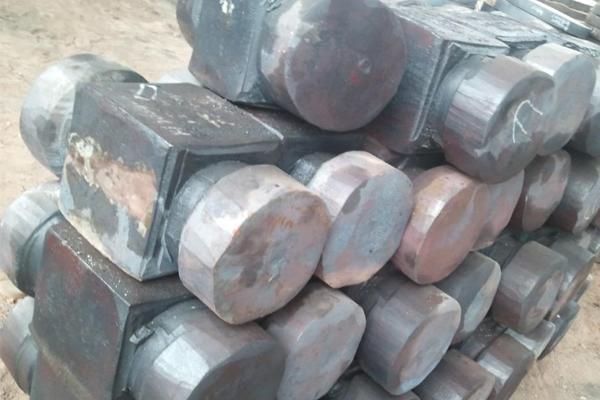
Forgings of pickling and blast cleaning
Forgings are widely used in industry, such as aircraft, automobile and so on. Of course, forgings are also to be cleaned, the following is mainly to tell you about the knowledge of pickling and shot blasting forgings. Pickling and cleaning of forgings: Removal of metal oxides by chemical reaction...Read more -
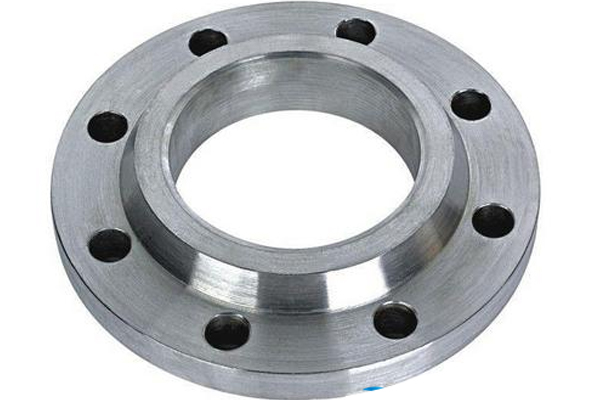
What is the difference between welded flanges, flat welded flanges and socket welded flanges?
In HG, butt-welded flanges, flat-welded flanges and socket welded flanges have different standards. Applicable occasions are different, in addition, butt-welding flange is the pipe diameter and wall thickness of the interface end and the same as the pipe to be welded, and the two pipes are welded...Read more -
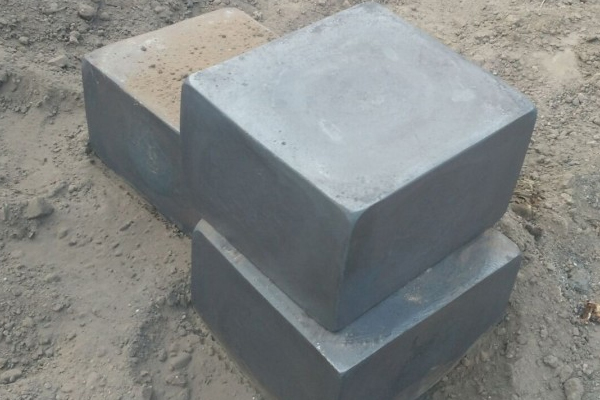
What are the characteristics of special steel?
Compared with ordinary steel, special steel has higher strength and toughness, physical properties, chemical properties, biocompatibility and process performance. But special steel has some different characteristics from ordinary steel. For ordinary steel many people are more understanding, but f...Read more -
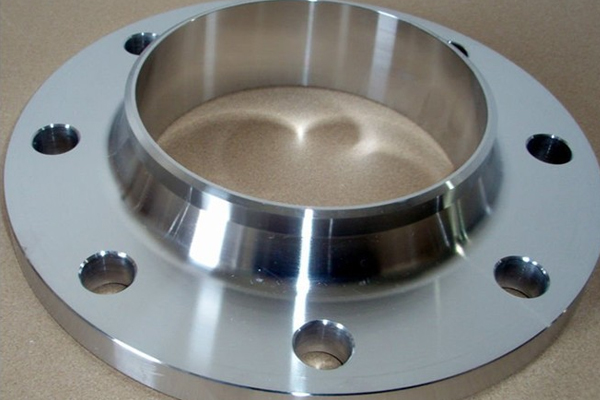
Selection standards of materials used for non-standard flanges
Non-standard flanges are non-metallic materials with a refractory degree of not less than 1587℃. It should be adopted according to the product design requirements, and should conform to the current relevant national material standards. Non-standard flanges are affected by physical and mechanical ...Read more -
The important role of gear forging shaft
Gear shaft forgings according to the shape of the axis, the shaft can be divided into crankshaft and straight shaft two categories. According to the bearing capacity of the shaft, it can be further divided into: (1) The rotating shaft, when working, bears both bending moment and torque. It is the...Read more -
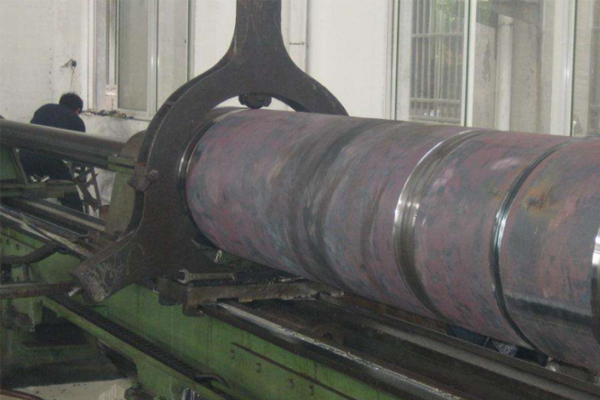
How to choose heavy forgings?
Heavy forgings play a very important role in engineering, so how to process heavy forgings has become the content of everyone's attention, and then mainly to share with you some methods of processing heavy forgings. Heavy ring forgings is to roll the forgings into a round shape, which can basical...Read more -
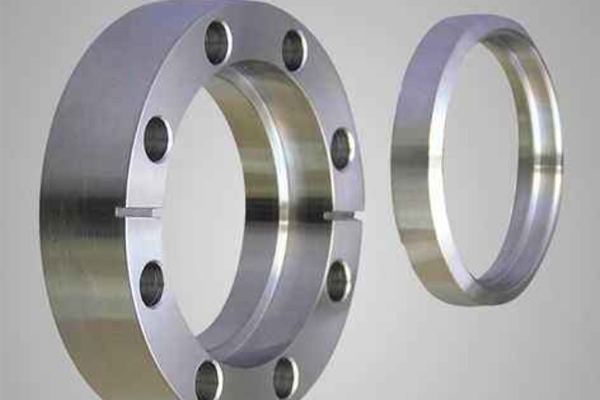
Introduction of non-standard flanges
Non-standard flange is a kind of flange relative to the national standard or some foreign standards. Because the standard flange can not meet the requirements of use in some special occasions, it is necessary to transform and improve some standard flanges. Non-standard flange is produced, and the...Read more











